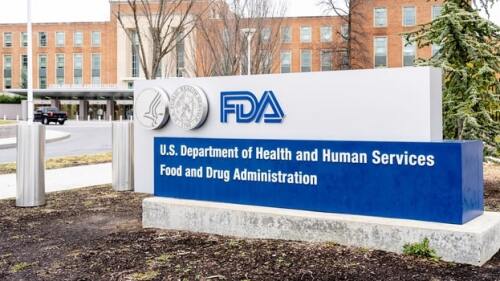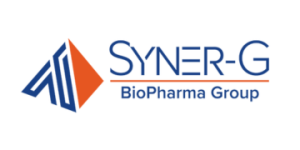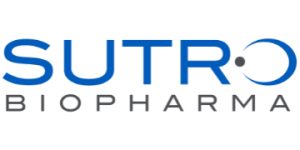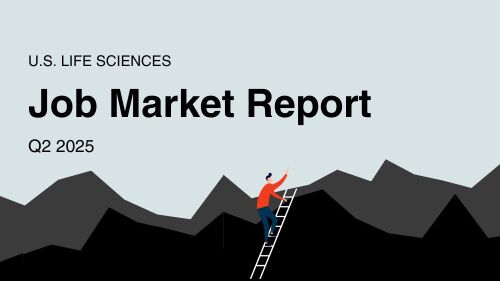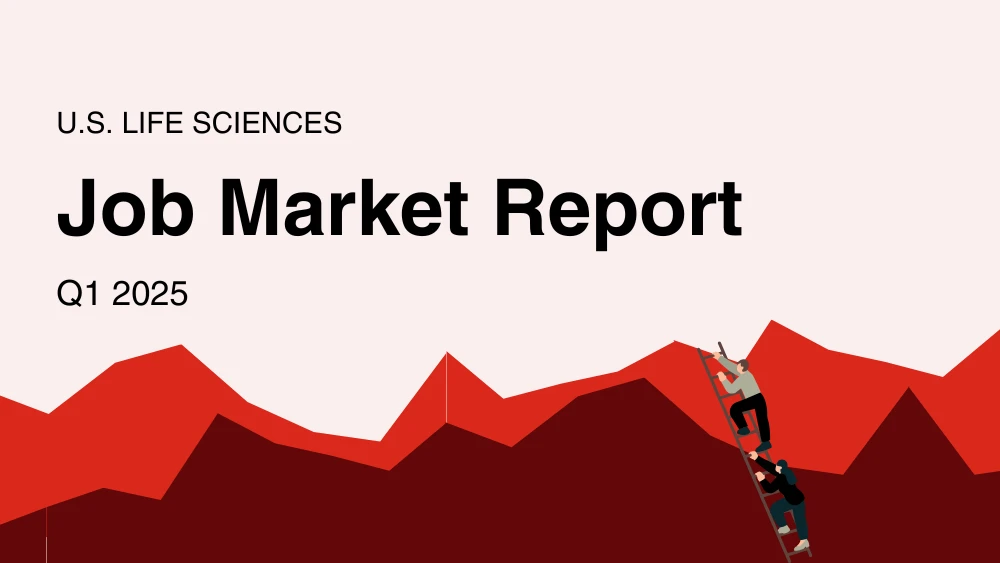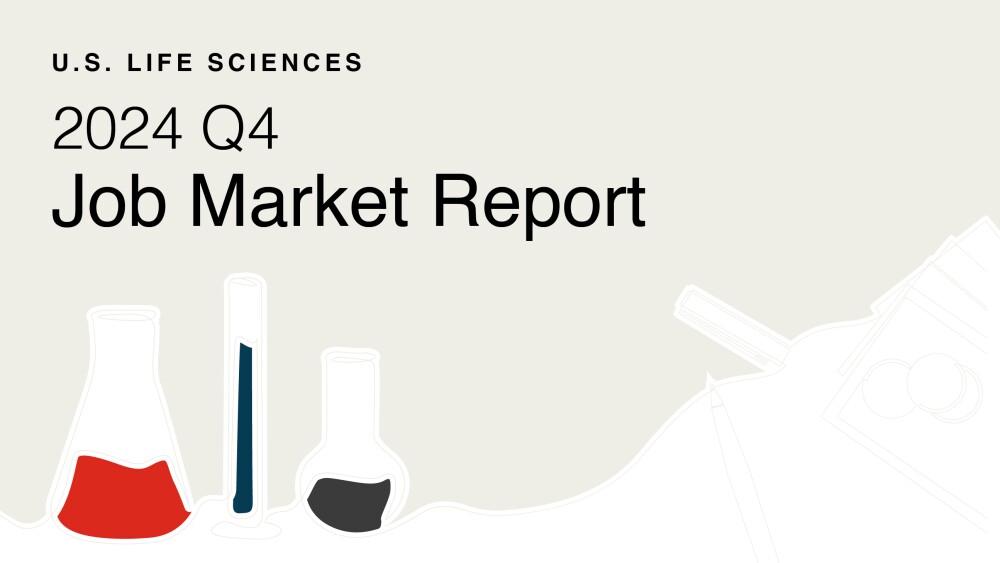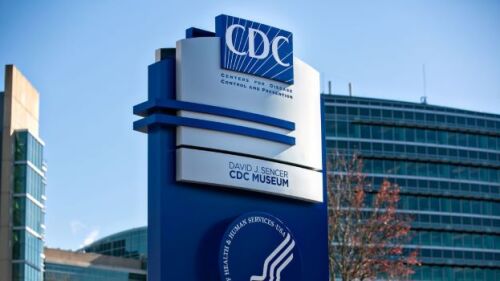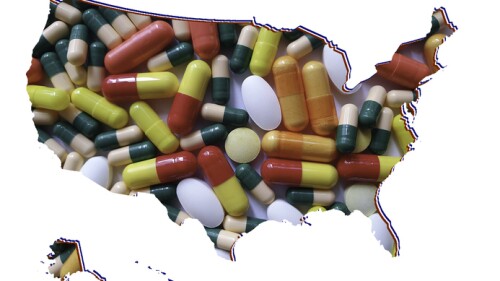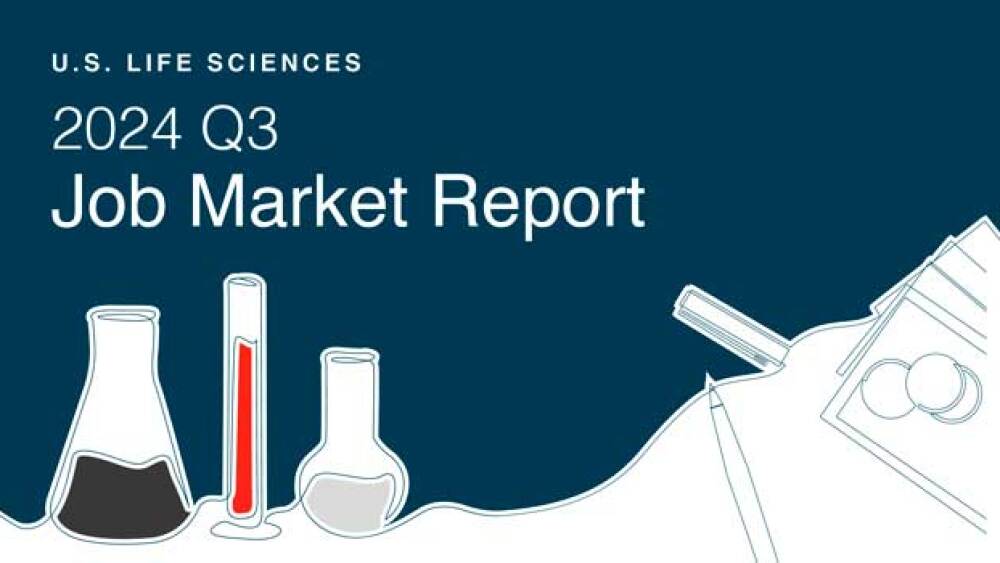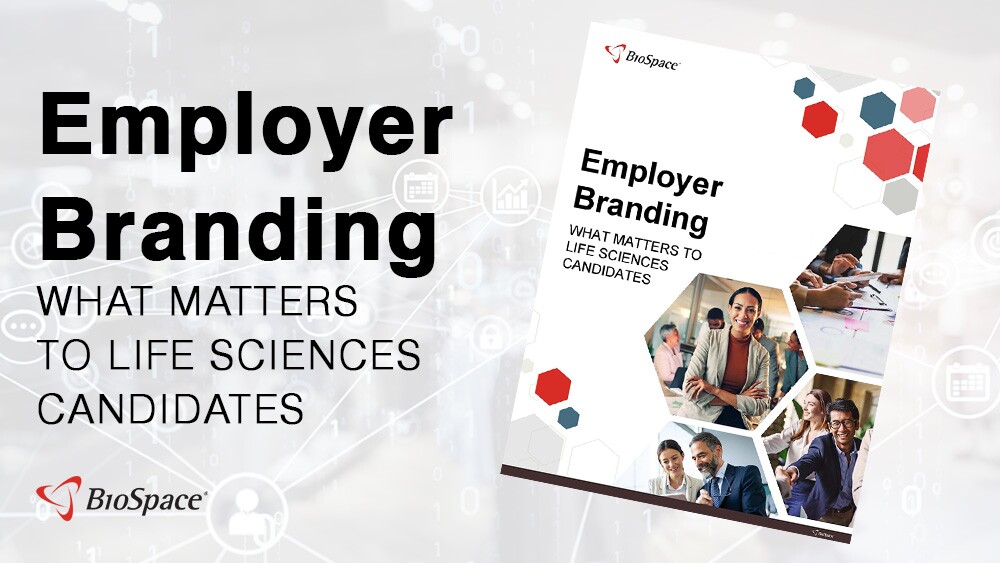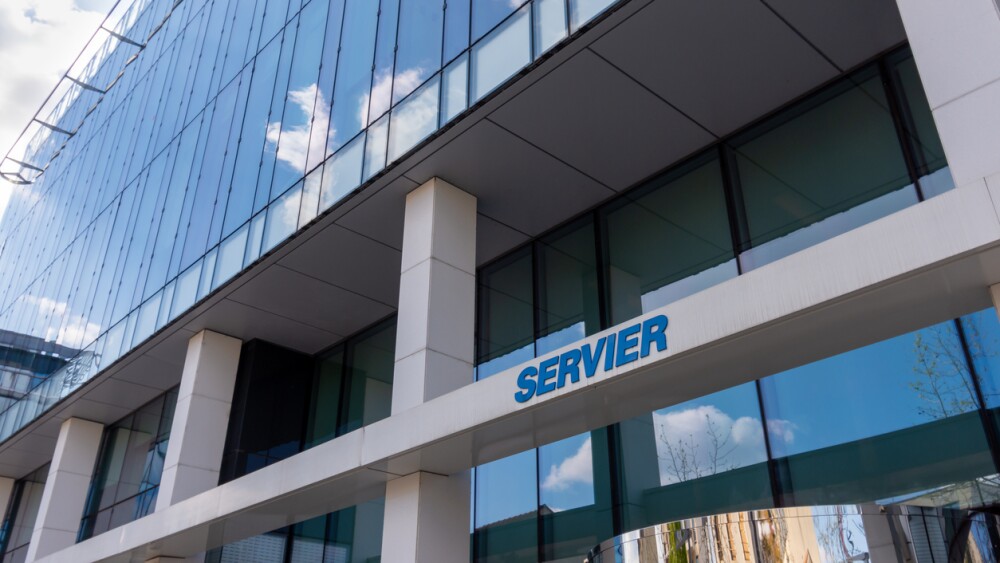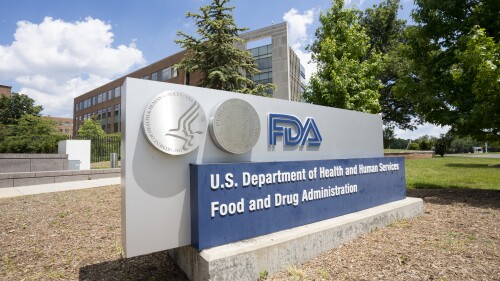While Harmony management has not disclosed future plans for ZYN002, Jefferies analysts expect the asset to be shelved.
In this discussion, our guests explore how modern data lake architectures, built on AWS, can help your organization adopt FAIR data principles—Findable, Accessible, Interoperable, and Reusable—to unlock the full potential of your scientific data.
Acadia Pharmaceuticals was testing the drug, an intranasal formulation of the oxytocin analogue carbetocin, for its potential to ease hyperphagia in the rare neurological condition.
Sanofi Ventures, which now has $1.4 billion in total assets, will focus its investment efforts on early players working in immunology, rare diseases, neurology and vaccines.
If approved, uniQure’s gene therapy AMT-130—which slowed disease progression by 75%—would be the first genetic treatment for Huntington’s disease. A BLA submission is planned for the first quarter of 2026.
The issues the regulator found include the failure to comprehensively review complaints and product defects.
FEATURED STORIES
After decades without much movement, a handful of new treatments for this rare autoimmune disease are now approved, and several companies, including argenx and Regeneron, have recently released promising late-stage trial results.
While Eli Lilly’s orforglipron is top of mind heading into the European Association for the Study of Diabetes meeting this week, experts told BioSpace the conference will also provide important insights into the therapeutic benefits of incretin therapies beyond weight loss.
On the FDA’s docket for the back half of September is Merck’s proposed subcutaneous formulation of its blockbuster cancer drug Keytruda.
As Novo Nordisk cuts 9,000 people from its organization in a restructuring effort, BioSpace looks back on the Danish pharma company’s rise.
Suddenly one obesity asset has come to define Amgen but executives see a fuller portfolio that will bring the big biotech into the future.
Contingent value rights are rising in a down market, helping to close the gap between buyer and seller expectations in biotech transactions.
LATEST PODCASTS
Eli Lilly drops a second Phase III readout for orforglipron; AbbVie committed to the psychedelic therapeutics space with the $1.2 billion acquisition of Gilgamesh’s depression asset; the CDC taps vaccine skeptic Retsef Levi to lead its COVID-19 immunization working group; and the FDA prioritizes overall survival in cancer drug development.
Closely watched data from Eli Lilly and Viking Therapeutics this month have reignited the discussion around oral weight-loss drugs—and their ultimate place within the anti-obesity medication market.
In this episode presented by Cresset, BioSpace’s head of insights Lori Ellis discusses clinical trial fail rates and AI’s potential to reduce preclinical costs with Mutlu Dogruel, VP of AI and Mark Mackey, CSO of Cresset.
Job Trends
The number of biopharma professionals let go has increased year over year for three straight months. In July, as many as 8,000 people lost or were projected to lose their jobs, due largely to news that Merck projects to cut roughly 6,000 employees as part of a multiyear process.
Subscribe to Genepool
Subscribe to BioSpace’s flagship publication including top headlines, special editions and life sciences’ most important breaking news
SPECIAL EDITIONS
Year-over-year BioSpace data show biopharma professionals faced increased competition for fewer employment opportunities during the first quarter of 2025.
In this deep dive, BioSpace explores the diverse therapeutic modalities now in development, as well as the opportunities and battles for market dominance in this emerging space.
Year-over-year BioSpace data show there were fewer job postings live on the website in the fourth quarter of 2024, and the decrease was higher than the third quarter’s drop.
DEALS
-
After a slow 2024, the biotech shell company Concentra Biosciences is back, offering to buy four biotechs in the past month and seven so far this year.
-
Sarepta’s troubles had nothing to do with Arrowhead’s assets, and yet both companies have seen their stock prices decline this past month. BioSpace caught up with Arrowhead’s Chris Anzalone to talk about the biotech’s role as an RNAi pipeline savior.
-
Out-licensing drugs to multinational corporations is a natural step for Chinese biotechs, but the recent rise in deals is only scratching at the surface of partnership-ready biotechs in the region.
-
The German giant is looking to develop new drugs for undisclosed eye diseases using Re-Vana’s extended-release injectable platform to supply drugs to the eye for months at a time.
-
The star of GSK’s Hengrui partnership is the COPD candidate HRS-9821, which will complement the pharma’s respiratory pipeline that’s anchored by the anti-asthma drug Nucala.
WEIGHT LOSS
-
Both Novo Nordisk and Eli Lilly are eyeing regulatory advancements for their obesity blockbusters as the European Association for the Study of Diabetes’ annual conference continues this week.
-
This week’s release of the Make America Health Again report revealed continued emphasis on vaccine safety; Health Secretary Robert F. Kennedy Jr.’s faceoff with senators last week amounted to political theater; the FDA promises complete response letters in real time and shares details on a new rare disease framework; and Summit disappoints at the World Conference on Lung Cancer in Barcelona.
-
While a win for consumers, the regulatory action did nothing to stem the manufacture of compounded versions of the popular obesity drugs that are made by Novo Nordisk and Eli Lilly. In fact, the FDA seems to be signaling that “some level of compounded product is acceptable,” according to BMO Capital Markets.
-
The World Health Organization’s Essential Medicines list guides high-level procurement and coverage decisions for over 150 countries.
-
Health Secretary Robert F. Kennedy Jr. will appear before the Senate Finance Committee Thursday, ahead of a vaccine advisory committee meeting later in September. Meanwhile, deal-making appetite appears healthy, and the weight loss space continues generating clinical data and other news.
POLICY
-
While the FDA is trumpeting this new initiative as “sweeping reforms” to the way drug companies can advertise, experts say the regulator is going after a problem that doesn’t exist.
-
The FDA has vowed to fix a pharma ad loophole—but they’re targeting the wrong one.
-
Like the first batch of appointees to the CDC’s vaccine advisory committee, several of the new panelists have documented histories of vaccine and COVID-19 skepticism.
-
Some observers see risks to becoming over-reliant on local facilities, noting the potential need for trade partners if domestic production is disrupted.
-
President Donald Trump is considering tariff exemptions for certain “non-patented” pharmaceuticals, though the White House has yet to release specific guidelines.
As they navigate a competitive job market, biopharma professionals are making four key interview mistakes, according to two talent acquisition experts. They discuss those errors and offer tips for how to get those critical conversations right.
Executive coaches can help executives take their game to the next level in four key ways, from improving their self-awareness to reshaping their thinking.
A BioSpace LinkedIn poll found that job ghosting and ghost jobs are the biggest pet peeves for applicants now. Recruitment Manager Greg Clouse offers advice on dealing with them.
Plus, how to use your network effectively and create job opportunities before they exist
Looking for a biopharma job in New Jersey? Check out the BioSpace list of eight companies hiring life sciences professionals like you.
M&As are stressful for multiple reasons, including role changes and getting laid off when staffs combine. Two talent experts share tips for navigating the transition period of your company’s merger or acquisition.
HOTBEDS
REPORTS
Landing a job remains challenging for life sciences professionals, according to a new BioSpace report. While 59% of surveyed organizations are actively recruiting, nearly half of unemployed survey respondents had been out of work for at least six months, and 20% of surveyed employers expect to lay off employees this year.
Year-over-year BioSpace data shows there are fewer job postings live on the website and far more competition for them.
CANCER
-
The French giant is gaining access to darovasertib, a small molecule protein kinase C inhibitor already in Phase II/III trials, with rights for the whole world besides the U.S.
-
Exelixis is looking at the possibility of relocating some of the eliminated Pennsylvania roles to its headquarters in Alameda, California, according to a company spokesperson.
-
Krystal Biotech’s decision follows the FDA’s rejection last month of Replimune’s RP1, which works similarly to Krystal Biotech’s KB707. The biotech said this has introduced “heightened uncertainty” regarding a potential accelerated pathway for the candidate.
-
The FDA recommends that companies use overall survival as a primary endpoint for clinical trials where feasible. The new guidance follows the surprising return of CBER Head Vinay Prasad, who has previously argued for prioritizing OS.
-
The platform strategy of using one molecule to target an underlying biological pathway to address many different diseases can be a goldmine for smaller companies. But it also has a unique set of challenges.
NEUROSCIENCE
-
Rick Doblin, the founder of the Multidisciplinary Association for Psychedelic Studies, which founded Lykos, bemoaned a “moving of the goal posts” in Lykos’ rejection but looked for positives in the newly released complete response letter.
-
The reprioritization effort will help AC Immune extend its cash runway through the third quarter of 2027.
-
Some of the biggest SPACs from the industry’s pandemic-fueled heyday are no longer on the market.
-
Novartis is licensing ARO-SNCA, a preclinical siRNA therapy for synucleinopathies, a group of neurodegenerative disorders including Parkinson’s disease.
-
While the approval of Leqembi Iqlik bodes well for Biogen and Eisai’s planned application for a subcutaneous induction regimen next year, its financial impact remains “uncertain,” as potentially higher revenues from the injection could be offset by steeper costs of production, according to Jefferies.
CELL AND GENE THERAPY
-
Vertex Pharmaceuticals commits $45 million upfront to leverage Enlaza Therapeutics’ War-Lock platform to create drug conjugates and T cell engagers for autoimmune diseases and gentler conditioning for sickle cell/beta thalassemia gene-editing therapy Casgevy.
-
Appia Bio’s shutdown continues an unfortunate trend this year that has seen biotech closures nearly every month.
-
In late May, a patient died after receiving Rocket Pharmaceuticals’ investigational gene therapy for Danon disease, spurring the hold. After lowering the dose and changing the regimen of immune modulators patients receive, the company has received FDA clearance for the trial to continue.
-
The FDA has postponed its decision date for Regenxbio’s Hunter syndrome gene therapy to review additional longer-term clinical data for the asset.
-
Kriya is advancing a host of gene therapies for a wide variety of chronic diseases, including geographic atrophy, trigeminal neuralgia and type 1 diabetes.



